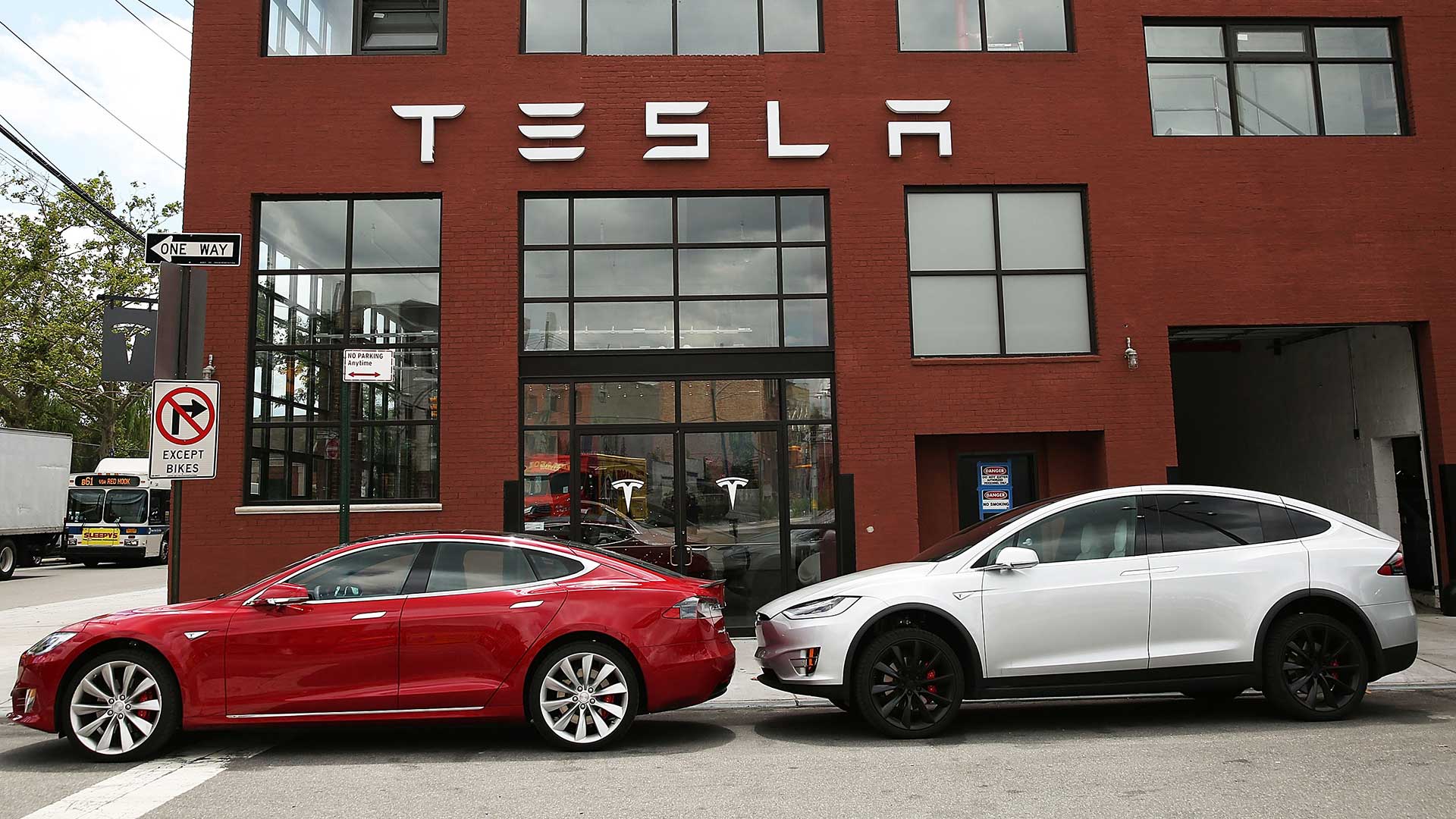

AAA is raising insurance premiums for the Tesla Model S and Model X based on data indicating higher claim frequencies and higher average costs for claims, according to Automotive News. Premiums for Tesla electric cars could increase by up to 30 percent, the insurer said.
AAA made its decision after noticing abnormally-high costs for Teslas in its own data. It then compared that data against other sources—primarily the Highway Loss Data Institute, which is run by the Insurance Institute for Highway Safety.
But Tesla disputes AAA’s conclusions. “This analysis is severely flawed and is not reflective of reality,” Tesla said in a statement emailed to Automotive News. The automaker said the Highway Loss Data Institute compared its cars to the wrong competitors, including a “Volvo station wagon.” In a more direct comparison, Model S and Model X claim data would not stand out negatively, Tesla said.
The Highway Loss Data Institute puts the Model S in the large luxury vehicle class. Collision damage claims for these vehicles are reported 13 percent more frequently than average, and cost about 50 percent more, according to the data. Rear-wheel drive versions of the Model S are involved in 46 percent more claims than the average, and those claims cost more than twice as much, the Highway Loss Data Institute said.
In the large luxury SUV category that includes the Model X, claim frequency is the same as the average for all vehicles, while costs are 43 percent above average. But claim frequency for the Model X was 41 percent above average, and costs were 89 percent higher, according to the data.
While the data shows higher-than-average claims and costs for both Tesla electric cars, it also shows that luxury cars in general are not insurance companies’ friends. Luxury cars typically have a greater number of convenience features to distract drivers, as well as more complex designs that make repairs more difficult. Low production volumes can also increase the cost of parts.
The latter may be part of the issue with Tesla, which is still a low-volume automaker with a small number of cars on the road. Its manufacturing and supply chains may be constrained, although Tesla is in the process of boosting volume ahead of the start of Model 3 production. The aluminum bodywork of the Model S and Model X may also be a hindrance, as aluminum is more difficult to repair than steel.